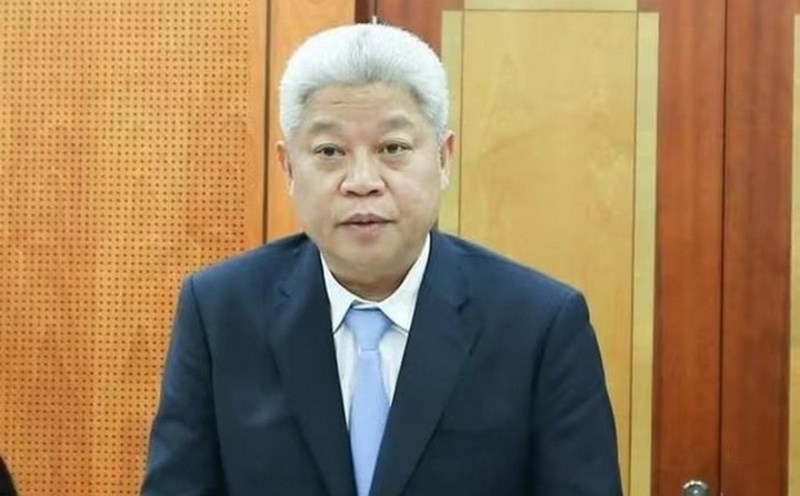The University of Texas research team in Austin and the US National Institutes of Health (NIH) first studied the genetic code of the virus that was made public by Chinese researchers and then used the virus to develop a stable model of an important part called spike protein, according to AFP.
The team then imagined the fiber protein using a cold- electron microscopy electronic microscopy.
Refrigerated electronic screens use electronic beams to check the nuclear structure of frozen biological molecules to help preserve them. Three scientists who helped develop the technology were awarded the 2017 Nobel Prize in Chemistry.
The results of the scientists' research on COVID-19 were published in the journal Science.
"Fiber protein is actually an antigen that we want to put into the human body to lead an immune response to create antibodies against it. Thanks to that, when the virus actually attacks, the body's immune system is ready to respond," said Jason McLellan, a scientist at the University of Austin.
He added that he and his colleagues have spent many years researching other strains of Corona viruses, including SARS and MERS. Thanks to that, they have developed the necessary technical methods to keep protein fiber stable.
This result is an important step forward in the development of vaccines and treatment methods for COVID-19. This fiber protein is being tested as a potential NIH vaccine.
The team is mailing this clinical structure to collaborators around the world to help them participate in improvement, helping them create a greater immune response.
The model could also help scientists develop new proteins to bind to different parts of the fiber and prevent them from working, thereby treating infected patients.
"This is a clear structure of one of the most important Corona virus proteins - a real breakthrough in understanding how this Corona virus finds and Invents cells," said virusologist Benjamin Neuman of the University of Texas A&M - Texarkana.
He added that although the fiber is made up of 3 identical proteins, one is curved out of the other 2 proteins, allowing the virus to stick longer.
According to expert Neuman, this structure is useful for vaccine development in that it lines up the size and location of the muscle chains that the virus uses to avoid detection by the body's immune system.






